Canadian Aboriginal Culture: Cultural Competence in Health Practices
VerifiedAdded on 2023/04/21
|28
|2221
|143
Report
AI Summary
This report provides an overview of cultural competence in the context of Canadian Aboriginal culture, focusing on family patterns, communication styles, and health beliefs. It explores traditional Aboriginal healing practices, the significance of elders, and the balance between spirit, body, and mind. The report delves into nutritional patterns, pain responses, childbirth and perinatal care, views on death and dying, and the role of spirituality, religion, faith, prayer, and meditation. It highlights the diversity within Indigenous Canadian communities, emphasizing the importance of respecting their unique traditions and histories. The report concludes with insights gained and proposed changes in practice to ensure culturally sensitive and respectful care for Aboriginal patients, including active listening, involving elders, and conducting culturally appropriate assessments. This document is available on Desklib, a platform offering a wide array of study resources for students.
1 out of 28
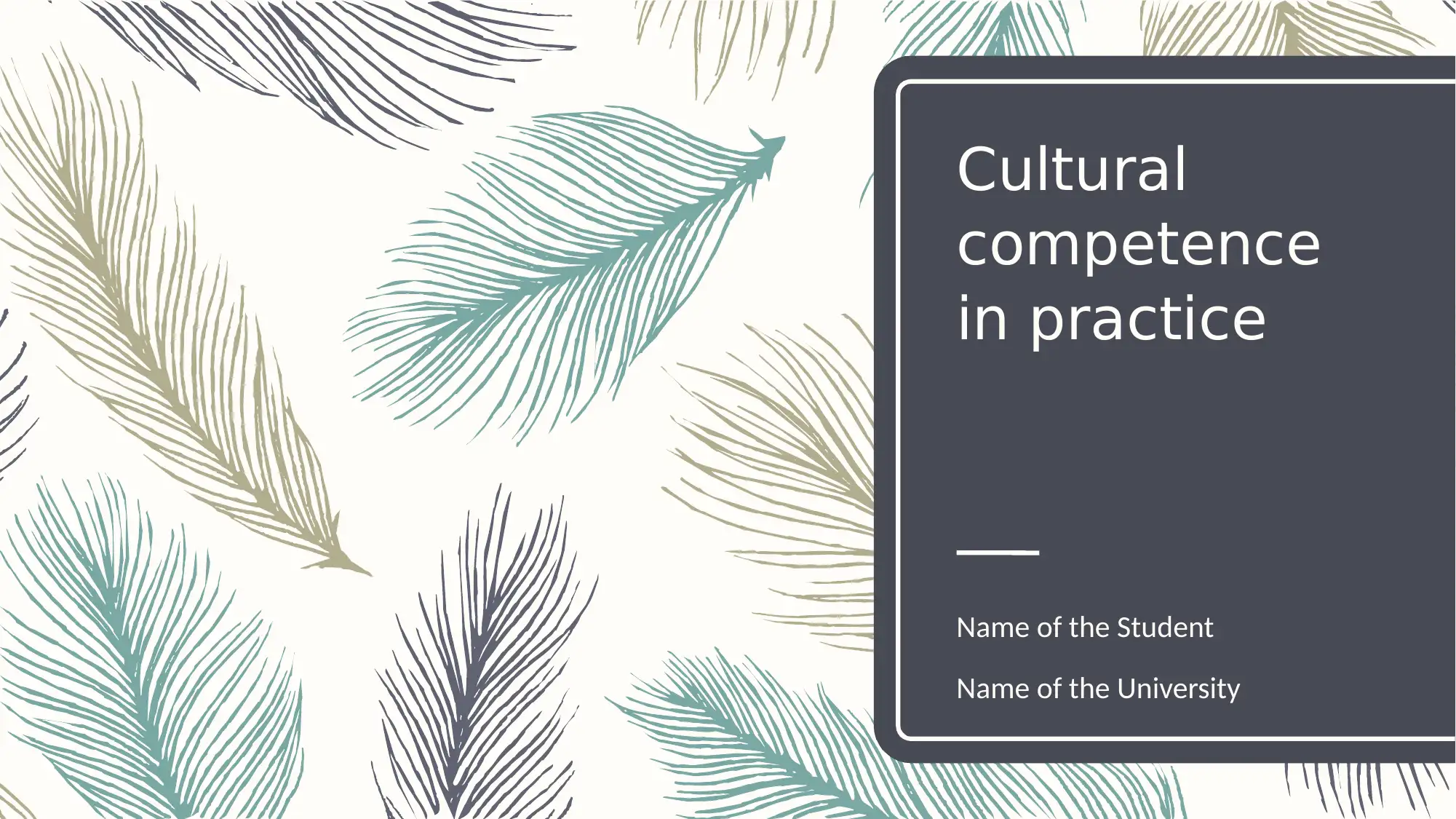
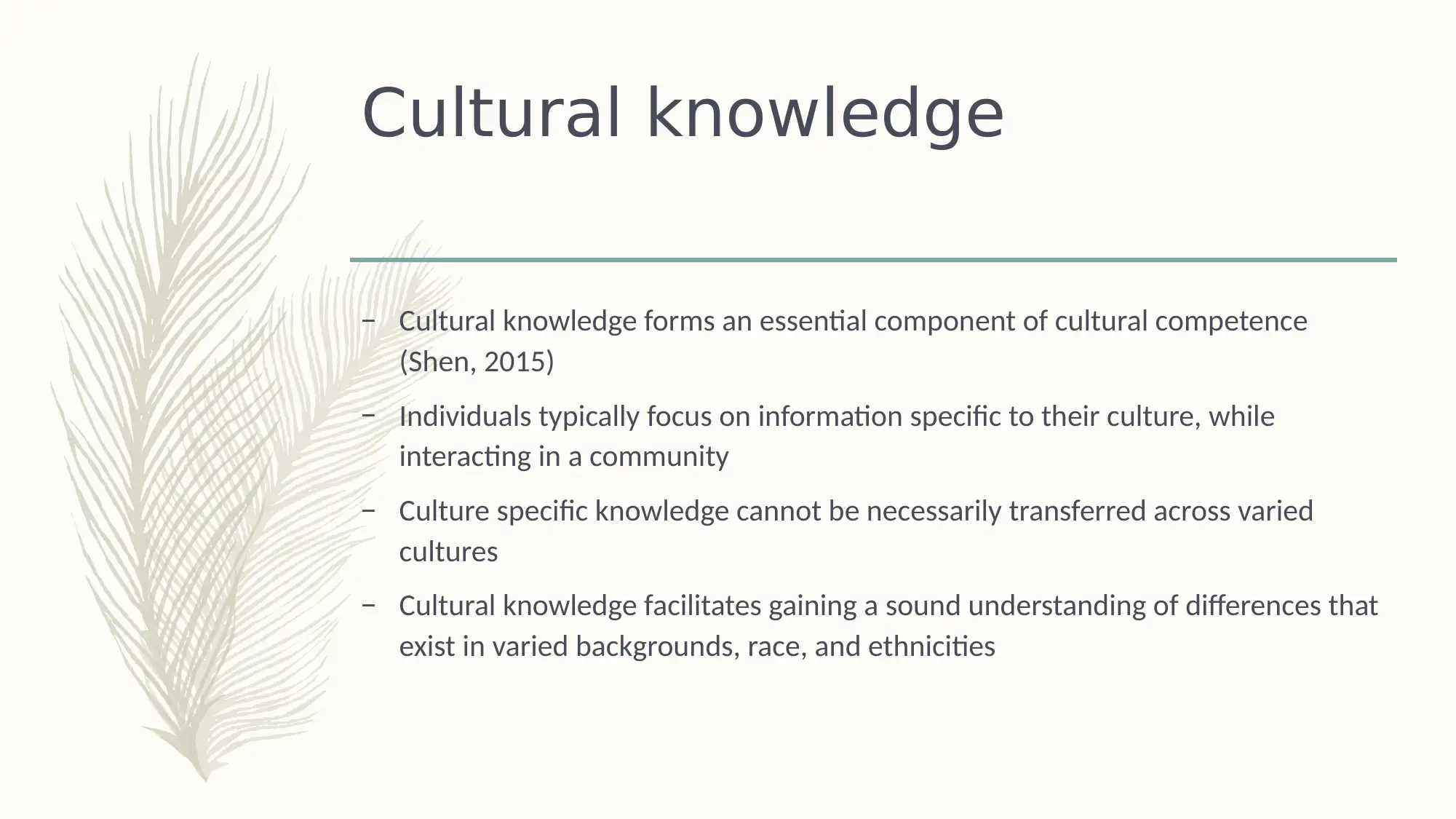
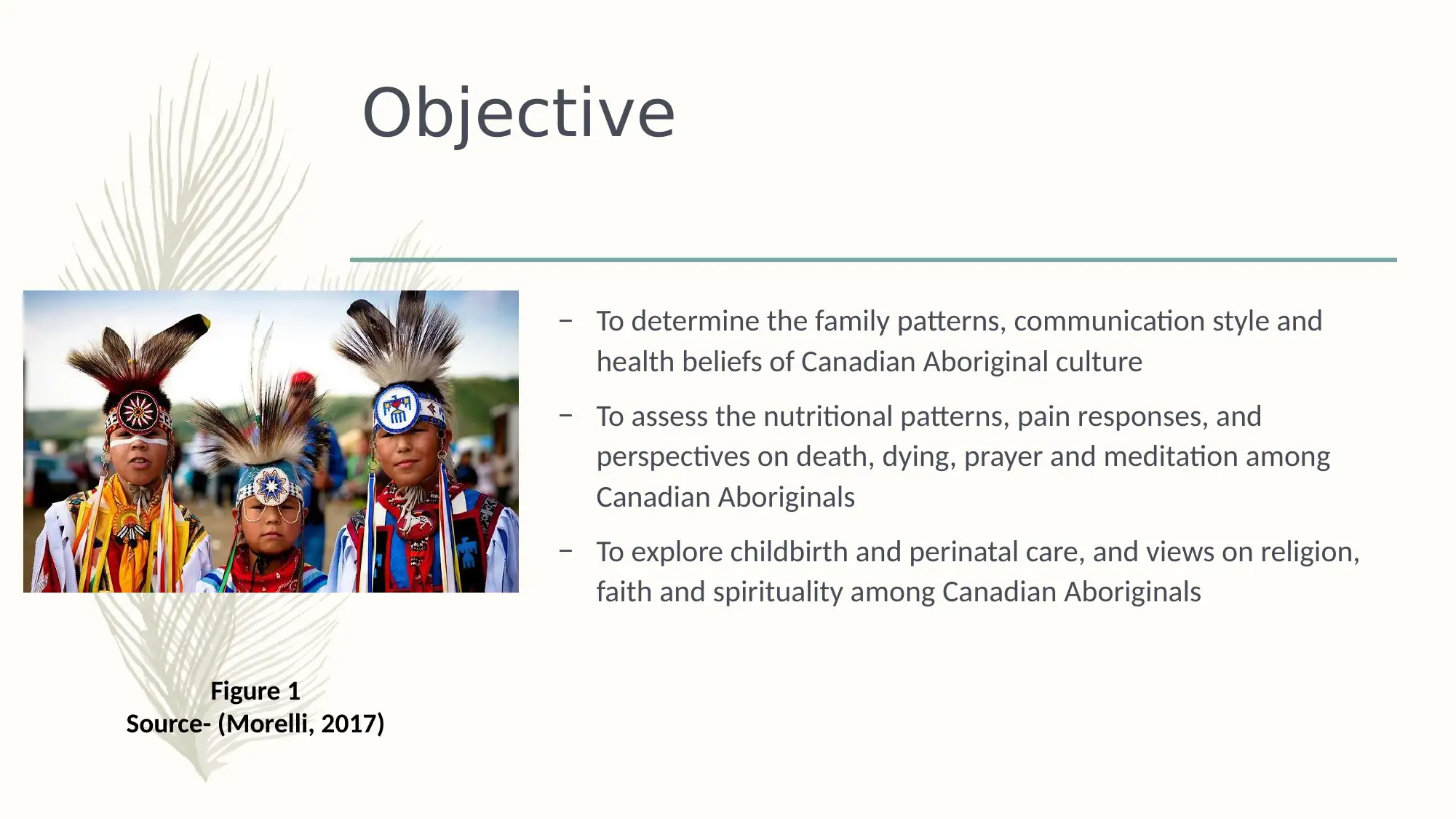

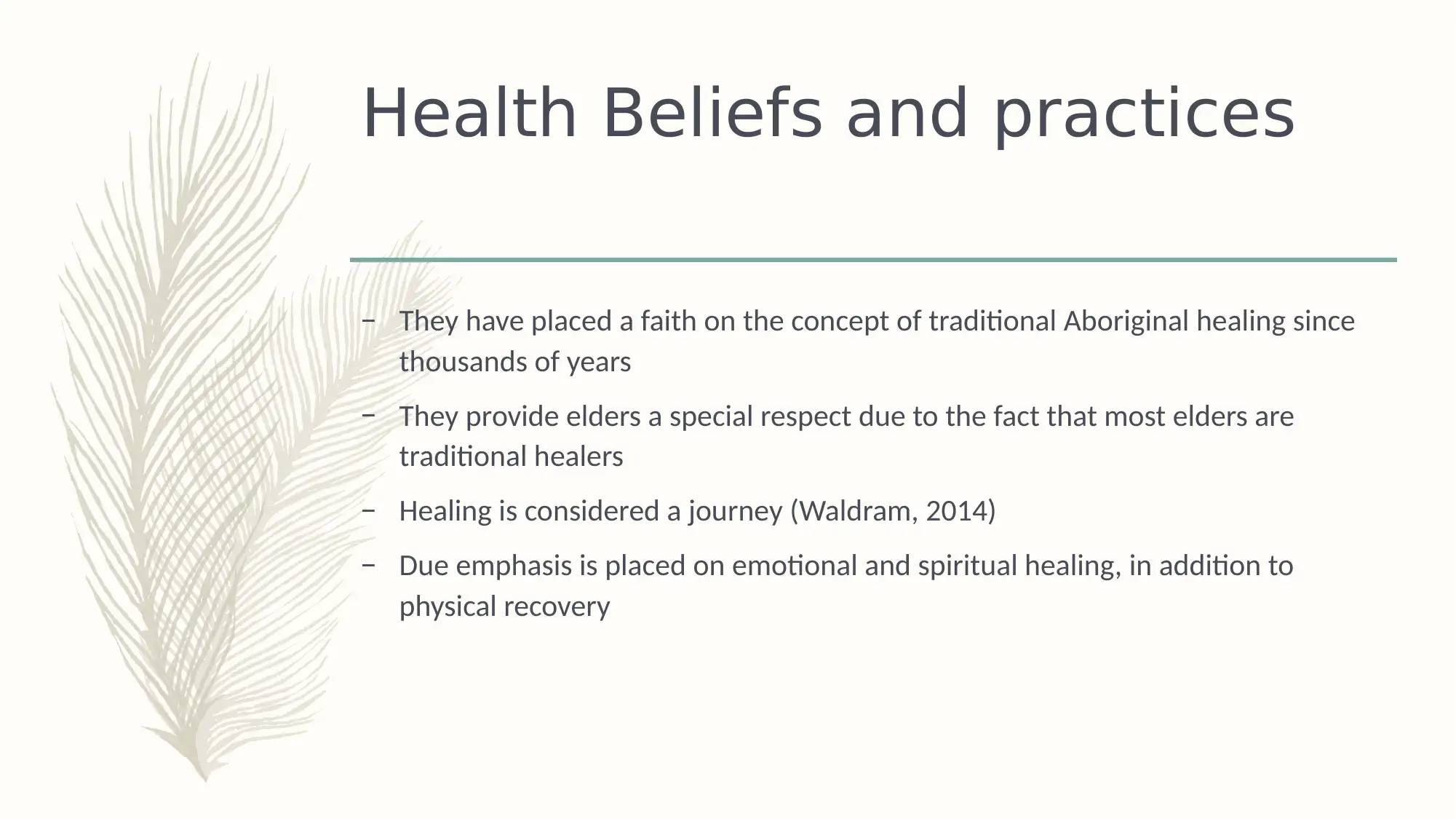
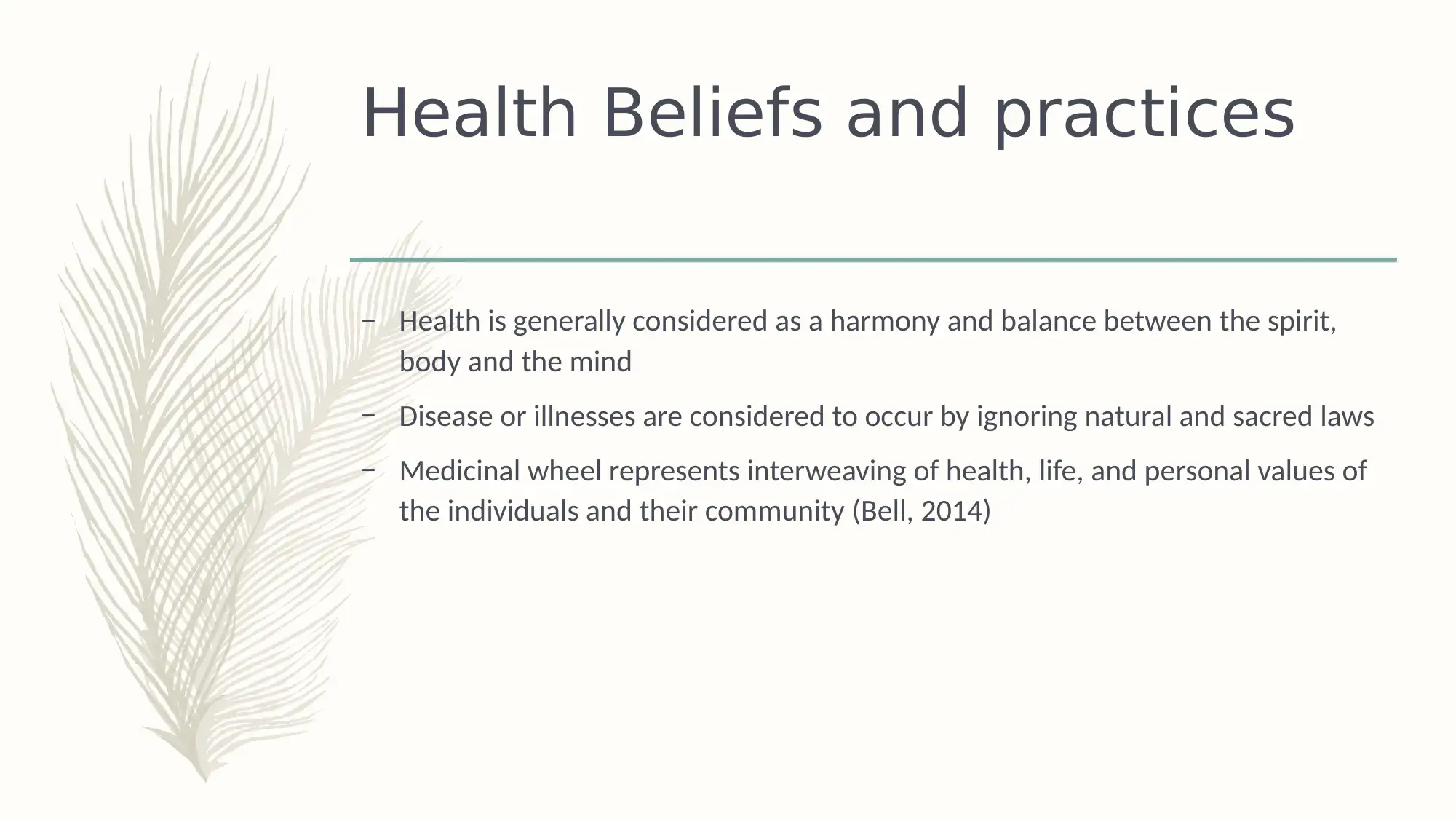
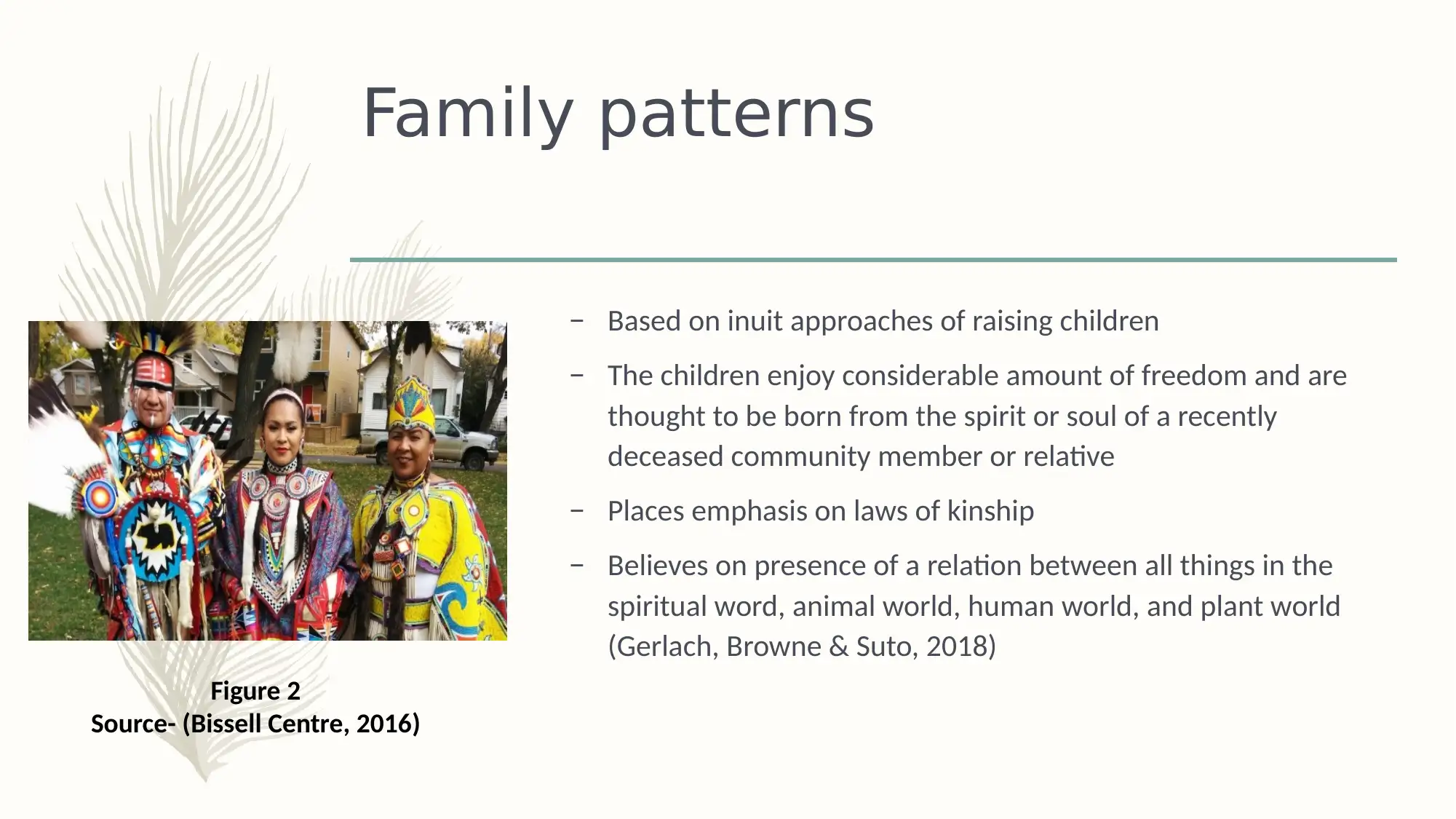
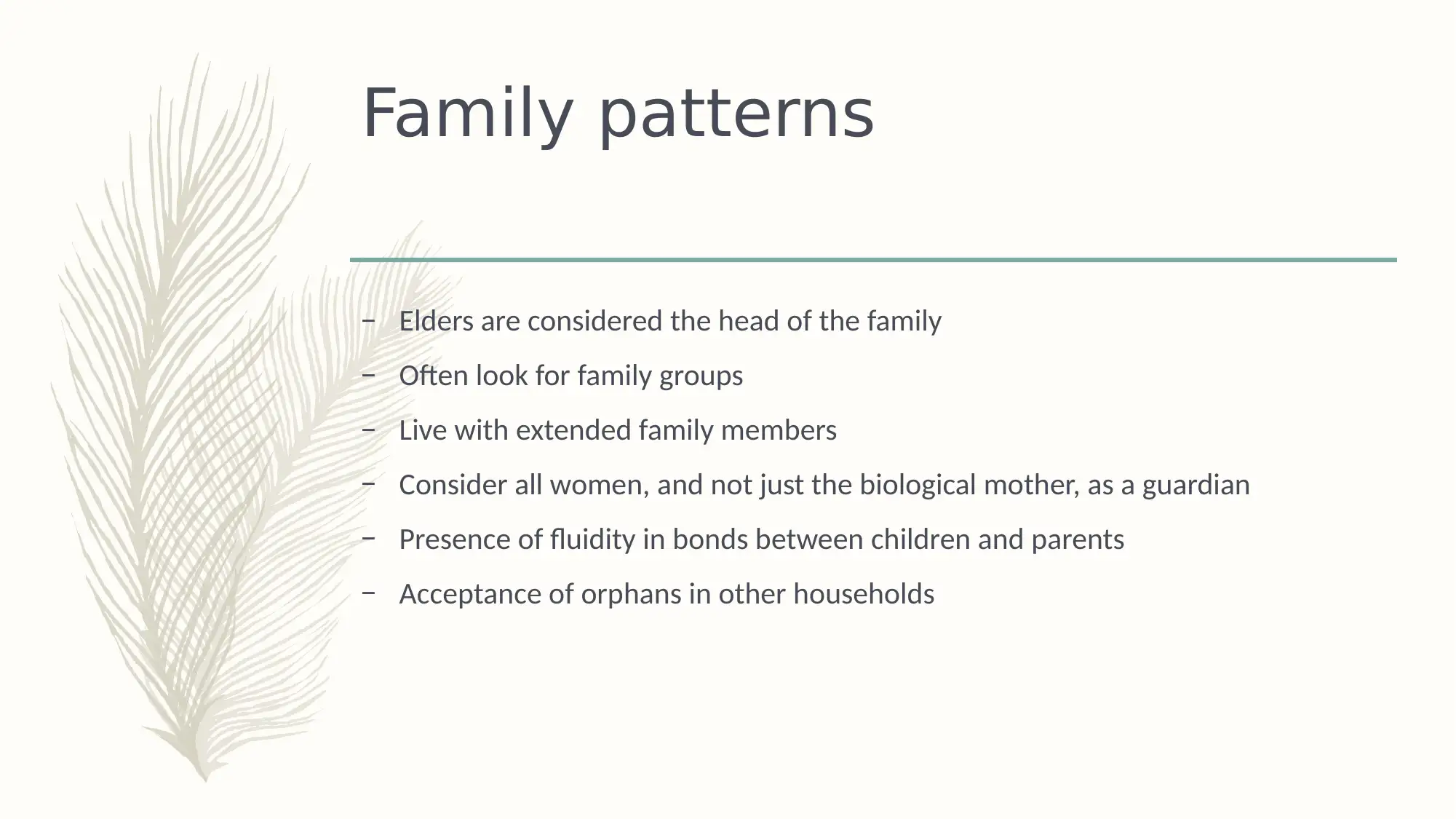
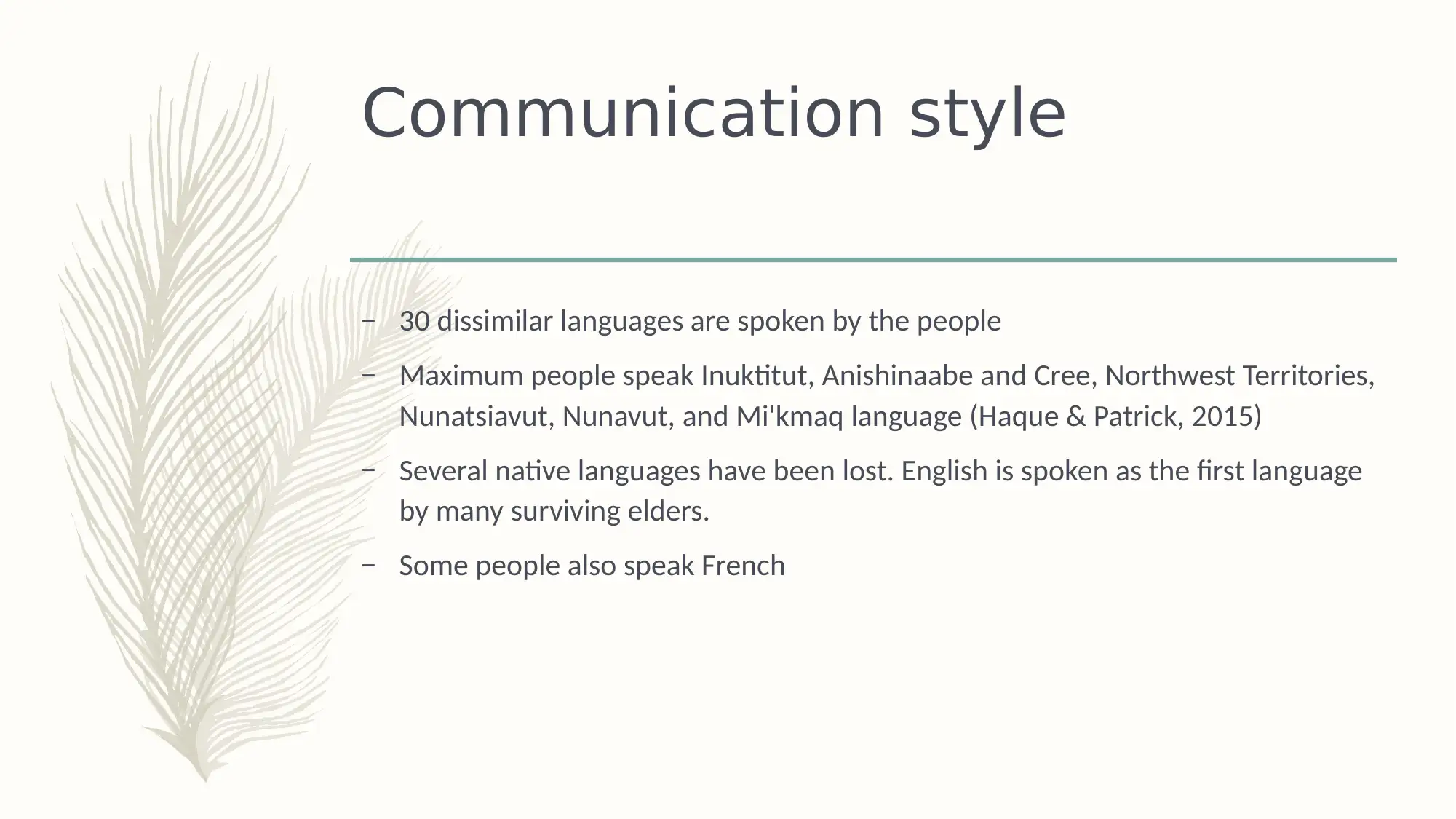
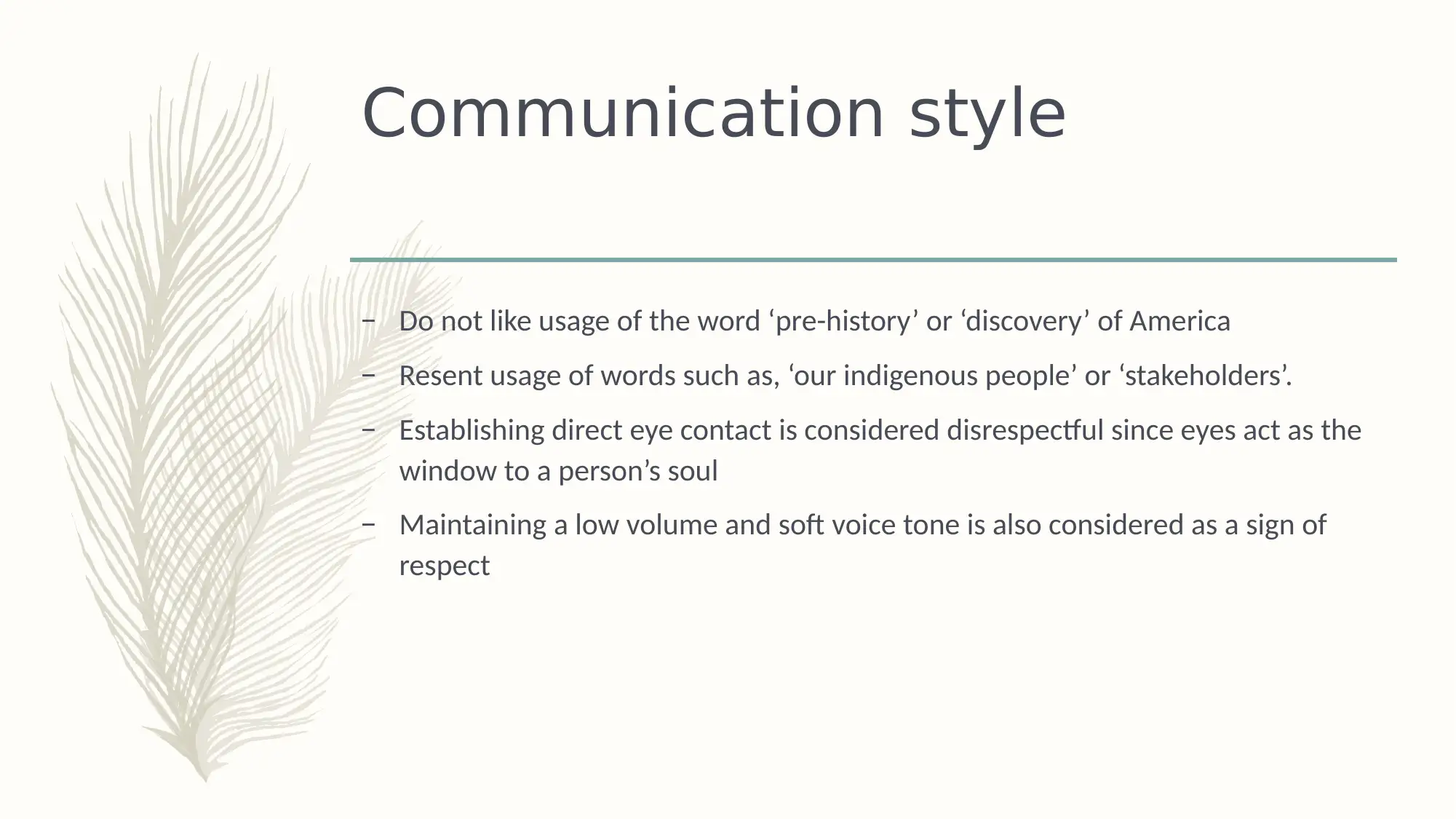
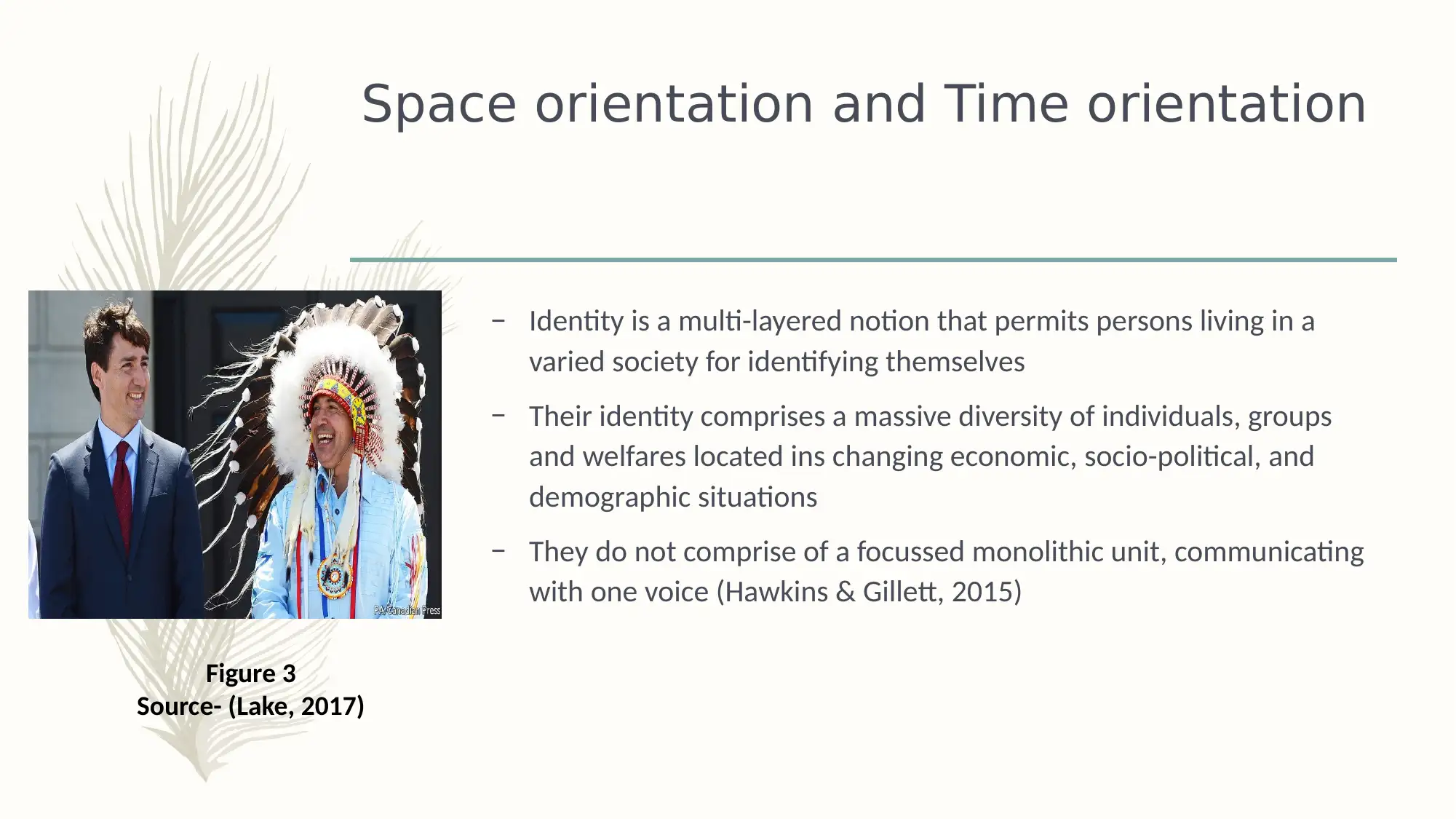
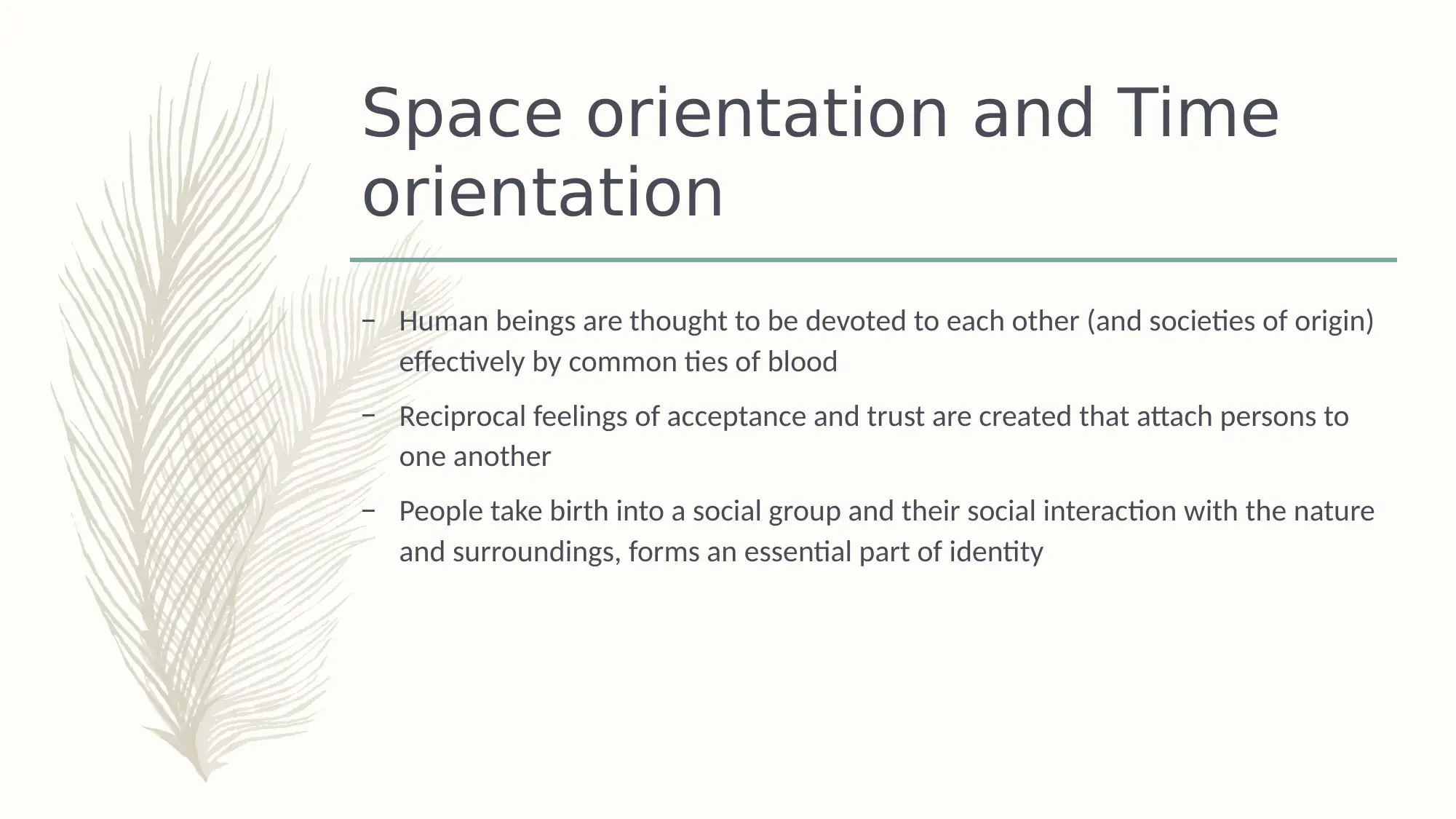
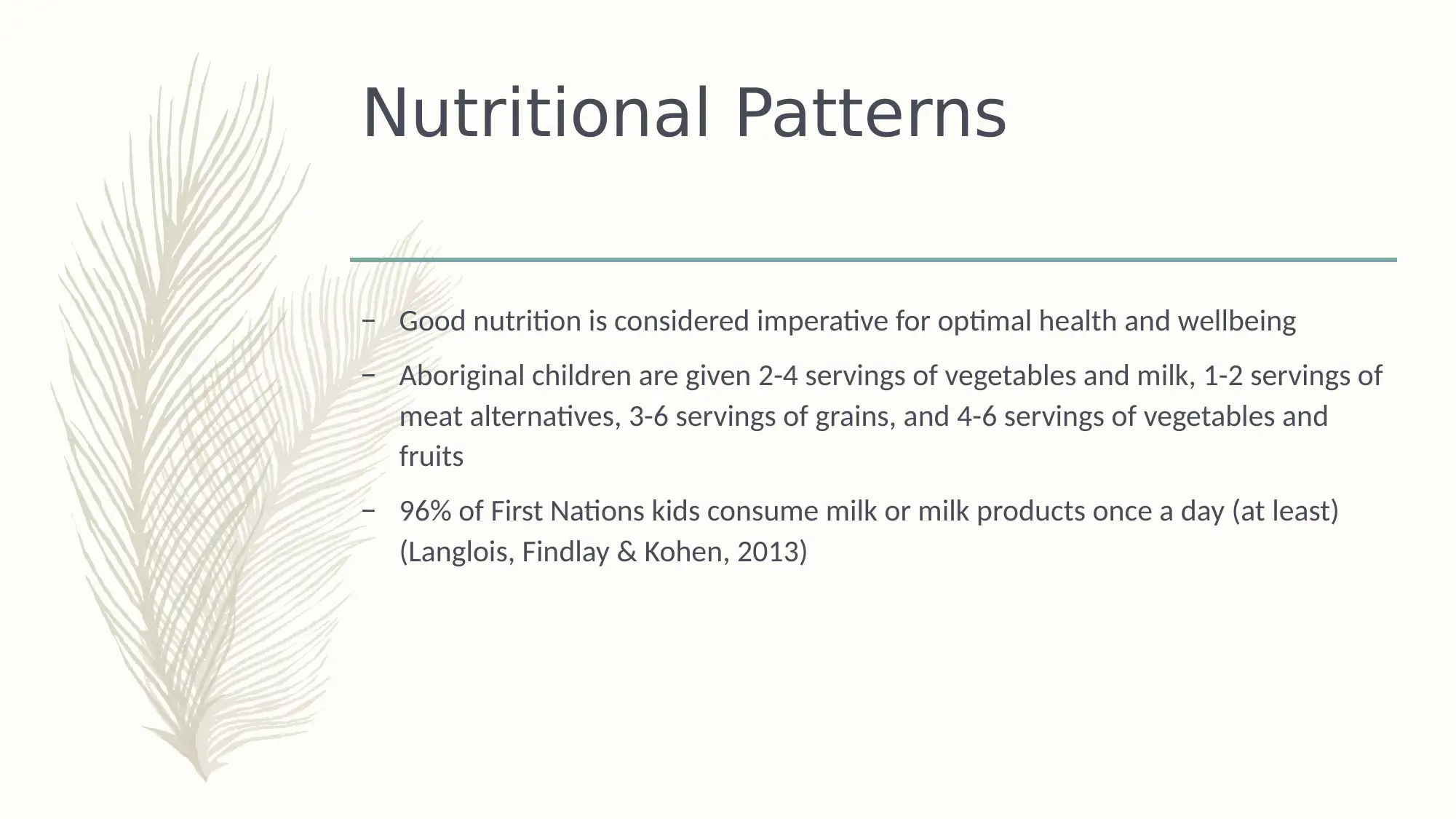


![[object Object]](/_next/static/media/star-bottom.7253800d.svg)